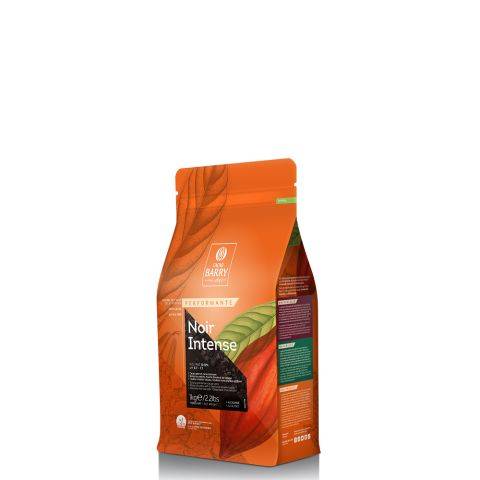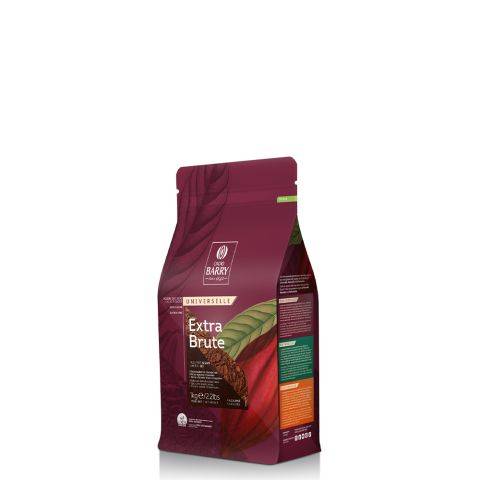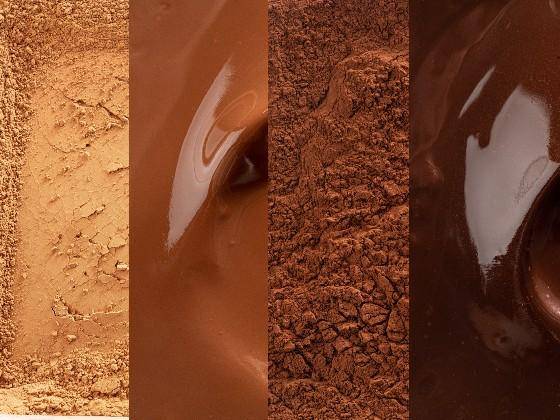Understanding the Differences Among Cacao Powders: Alkalinity, Part 1
Understanding the Differences Among Cacao Powders: Alkalinity, Part 1

This article is part one of a short series exploring alkalinity in cacao powder.
You can find a link to the second article below.

What is Alkalinity in Cacao Powder?
“Alkaline” is a synonym for “basic” and is a general indication of the pH level of a given solution. The pH scale ranges from 0 - 14, with 0 being very acidic and 14 being very basic. Battery acid has a pH of 0, lemon juice, 2. Water is considered neutral at 7, toothpaste clocks in at 9, and liquid drain cleaners top the scale at 14.
Cacao powders fall between 5 and 8.4, depending on how they were processed. Natural (non-alkalised) cacao powders fall between 5 and 6, while deep dark brown/red powders can have a pH as high as 8.4 - natural cacao powders are more acidic. In contrast, cacao powders that use nibs that have been “Dutched” (treated with an alkaline substance) are more basic.

How Does a Cacao Powder’s Alkalinity Affect My Recipes?
Flavour:
Non-alkalised cacao powders deliver a classic chocolate flavour with astringent notes due to the cacao’s natural acidity. The flavour profile of a natural cocoa powder is influenced by roasting.
Dutched/Alkalised cacao powders have a stronger cacao flavour and tend to be more bitter but also less astringent. The flavour profile of an alkalised cacao powder is influenced by both the roasting and the alkalising steps.
Colour:
Natural cacao powders are the lightest in colour. The dark brown/red/black notes naturally present in cacao powder deepen and darken as the alkalinisation becomes higher (i.e. the cacao powder becomes more basic).
Read more about the impact of a cacao powder's alkalinity on your recipes in the article linked to below!
Low Alkalinity Cacao Powder
This Cacao Powder has been minimally alkalised. It has a pH of 6.8 - 7.2
Higher-Alkalinity Cacao Powder
This Cacao Powder has a pH of 7.7 - 8.1








